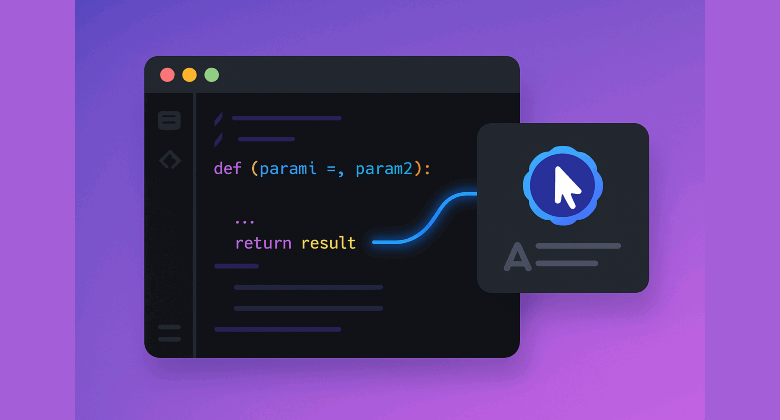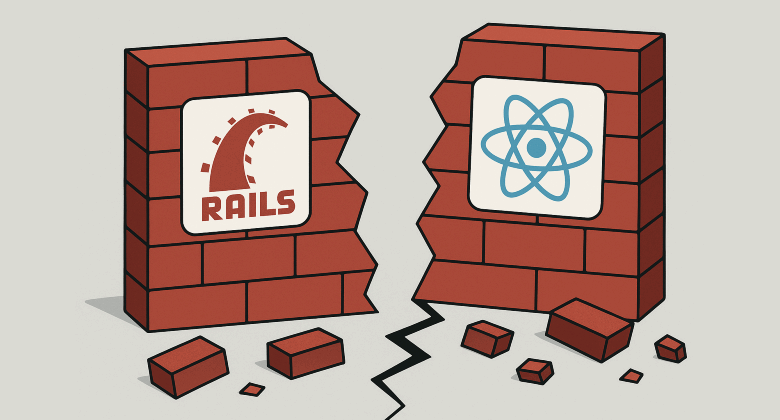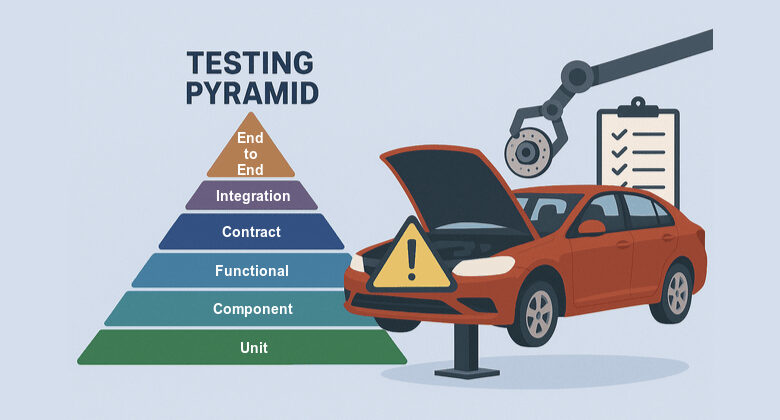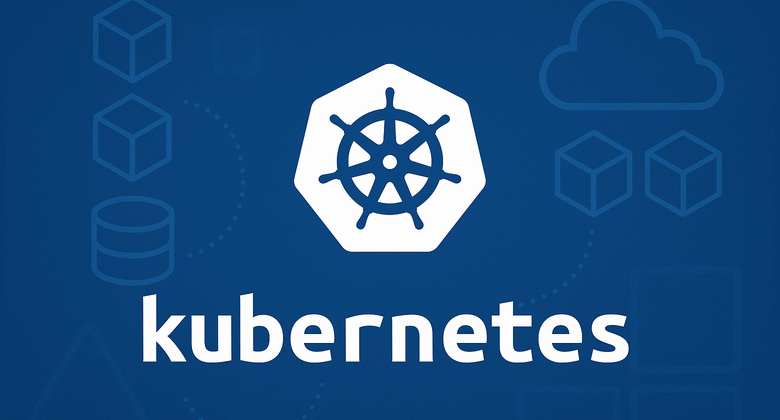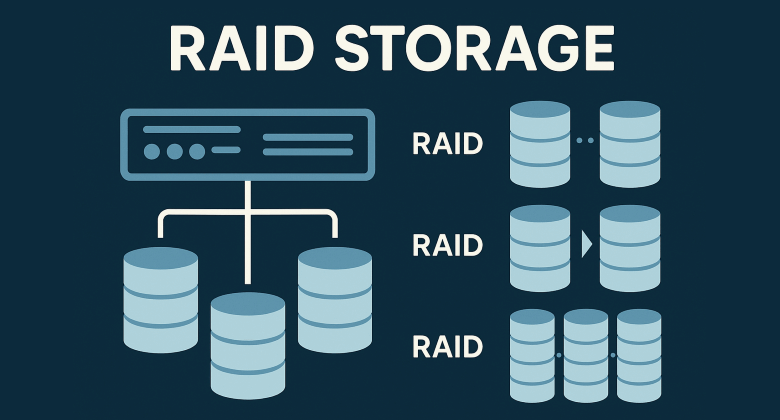Cursor AI IDE is an AI-enhanced fork of Visual Studio Code that integrates large language models directly into your coding workflow. As a long-time VIM user who actively avoids bloated tools like VS, I never expected to be saying this; but after using Cursor for the past month, I’m seriously considering switching full-time. The productivity gains are just that significant, especially when working with complex monorepos.
Breaking the Monolith (Rails + ReactJS)
In the evolution of Ruby on Rails monoliths with embedded React views, complexity often grows in hidden layers. Models leak across layers, JavaScript bundles bloat, and teams struggle with test sprawl and unclear boundaries. But there’s a middle ground between monolith chaos and full microservices.
By modularizing Rails backends into Engines and separating React logic into distinct, domain-scoped bundles, teams can gain clarity, testability, and long-term scalability; all while keeping the development speed of a monolith.
The Testing Pyramid: What to Test, Where, and Why It Matters
The Testing Pyramid is a widely adopted strategy that helps teams design scalable, reliable, and maintainable test suites. As systems grow in complexity, so does the need for clear testing boundaries. The pyramid has evolved to include not just unit and end-to-end tests, but also component, functional, integration, and contract tests.
This post breaks down each layer, explains how it fits into a modern development workflow, and uses a car manufacturing analogy to make it all easier to understand.
Kubernetes for Production: What You Need to Know to Get Started
Kubernetes has become the industry-standard platform for deploying and managing containerized applications. Its popularity is well-earned, offering capabilities like self-healing, automated scaling, and zero-downtime deployments. But many developers hit a wall when moving from sandbox environments to real-world production setups. This post aims to simplify that jump by breaking down what Kubernetes is, how to use it, and the essential hardware and configuration needed for a reliable production deployment.
RAID: Why Everyone Should Care?
RAID, or Redundant Array of Independent Disks, is a core technology that powers everything from personal NAS drives to enterprise-grade data centers. It enables you to combine multiple physical hard drives into a single system that improves performance, enhances data redundancy, or balances both. This blog post breaks down what RAID is, how the most common RAID levels work, and what their strengths and trade-offs are. Whether you are setting up your first home server or architecting high-availability infrastructure, understanding RAID is essential.

